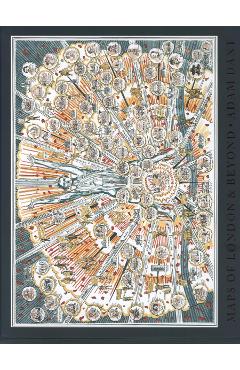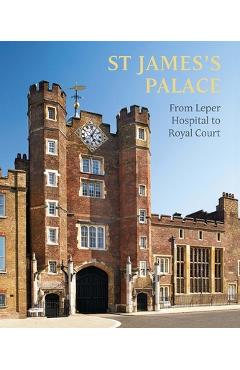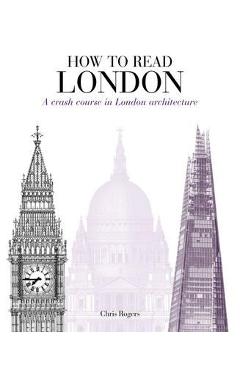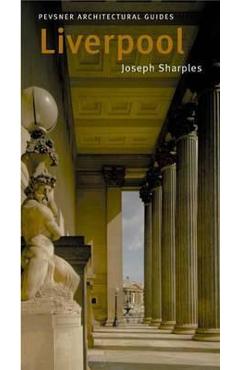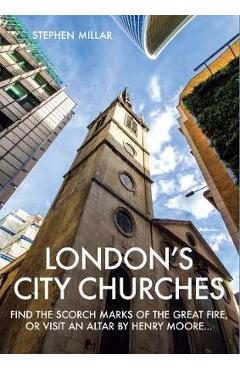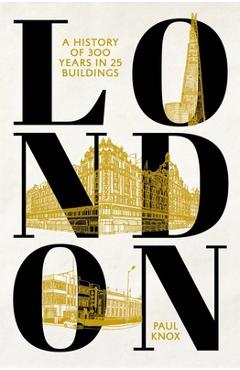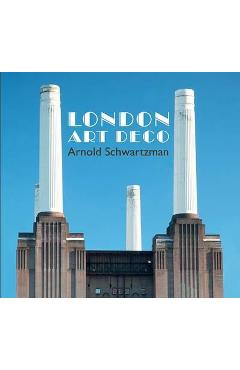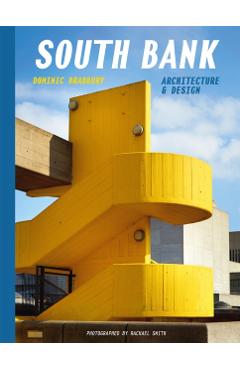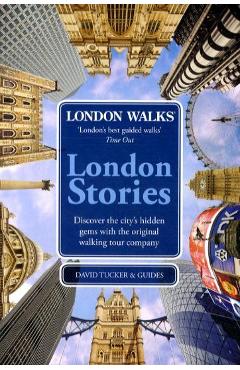Livery Halls of the City of London
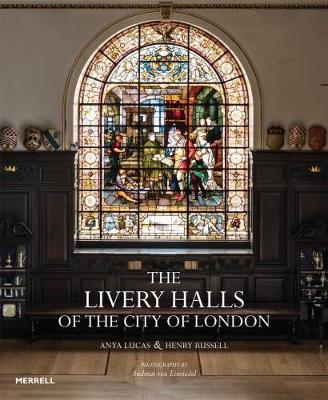
Livery Halls of the City of London
Dr Anya Lucas, who has studied the Halls in depth, provides an introduction and an illustrated history of the buildings that have been lost over the centuries. The Great Fire, in particular, resulted in a period of energetic reconstruction. Companies rebuilt and beautified their Halls in recognition that the image they projected was as crucial as their wealth and regulatory powers. More building activity took place in the 18th and 19th centuries as Halls were required to accommodate new functions. Many of the Restoration Halls did not survive these years, and, where they did, alterations continued apace. Only 3 out of 36 Halls remained untouched after the Blitz of 1940-41, leading to another wave of reconstruction, the buildings being predominantly traditional or neo-Georgian in style.
Henry Russell surveys each of the 40 present-day Halls, no two of which share an identical plan. Sited across the City from east to west, they range from the London Proof House, the home of the Worshipful Company of Gunmakers, on Commercial Road, outside the old City walls, to HSQ Wellington, headquarters of the Honourable Company of Master Mariners, moored on the Thames at Victoria Embankment. All existing Livery Hal
PRP: 306.00 Lei
Acesta este Pretul Recomandat de Producator. Pretul de vanzare al produsului este afisat mai jos.
275.40Lei
275.40Lei
306.00 LeiLivrare in 2-4 saptamani
Descrierea produsului
Dr Anya Lucas, who has studied the Halls in depth, provides an introduction and an illustrated history of the buildings that have been lost over the centuries. The Great Fire, in particular, resulted in a period of energetic reconstruction. Companies rebuilt and beautified their Halls in recognition that the image they projected was as crucial as their wealth and regulatory powers. More building activity took place in the 18th and 19th centuries as Halls were required to accommodate new functions. Many of the Restoration Halls did not survive these years, and, where they did, alterations continued apace. Only 3 out of 36 Halls remained untouched after the Blitz of 1940-41, leading to another wave of reconstruction, the buildings being predominantly traditional or neo-Georgian in style.
Henry Russell surveys each of the 40 present-day Halls, no two of which share an identical plan. Sited across the City from east to west, they range from the London Proof House, the home of the Worshipful Company of Gunmakers, on Commercial Road, outside the old City walls, to HSQ Wellington, headquarters of the Honourable Company of Master Mariners, moored on the Thames at Victoria Embankment. All existing Livery Hal
Detaliile produsului











